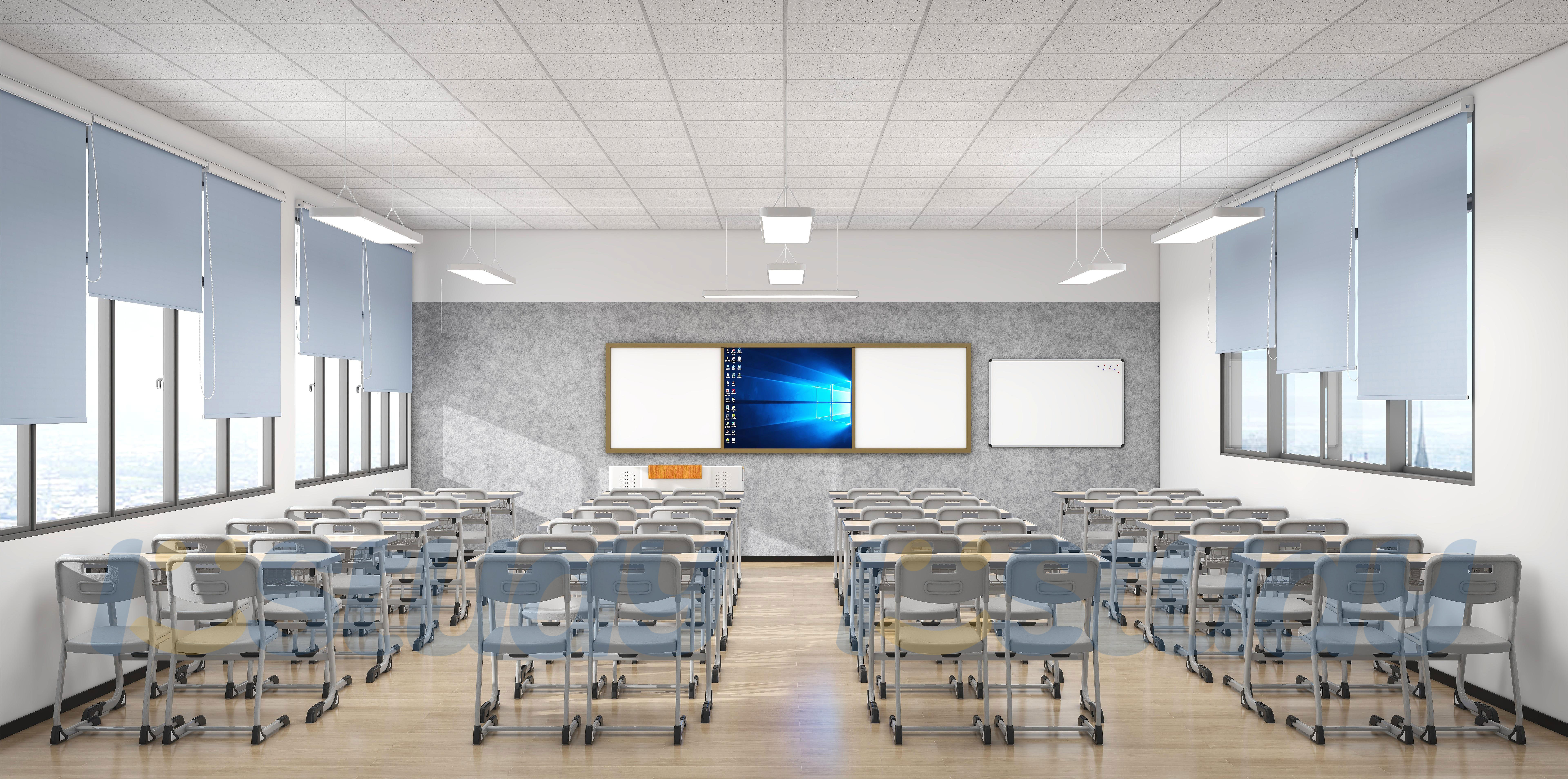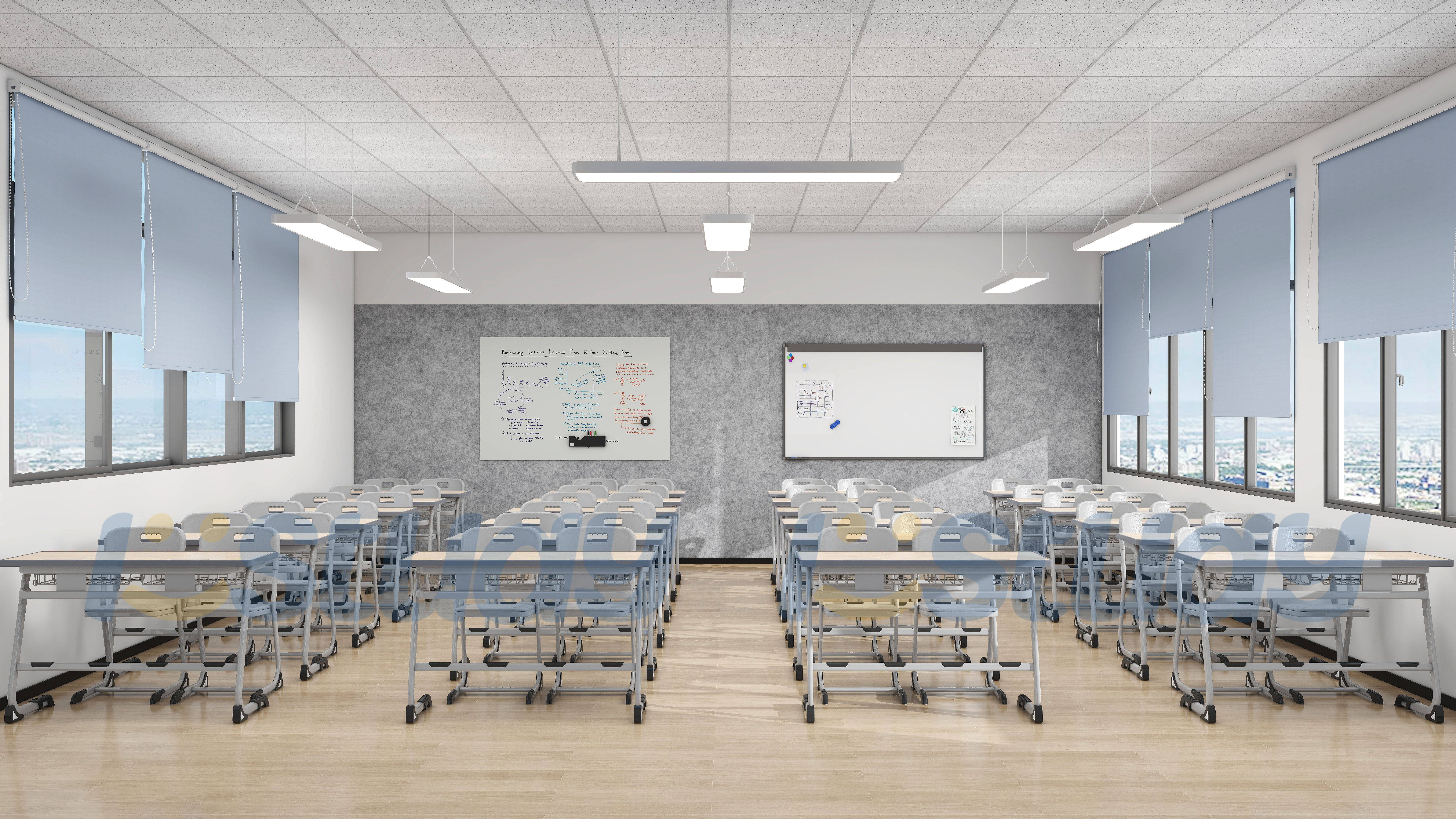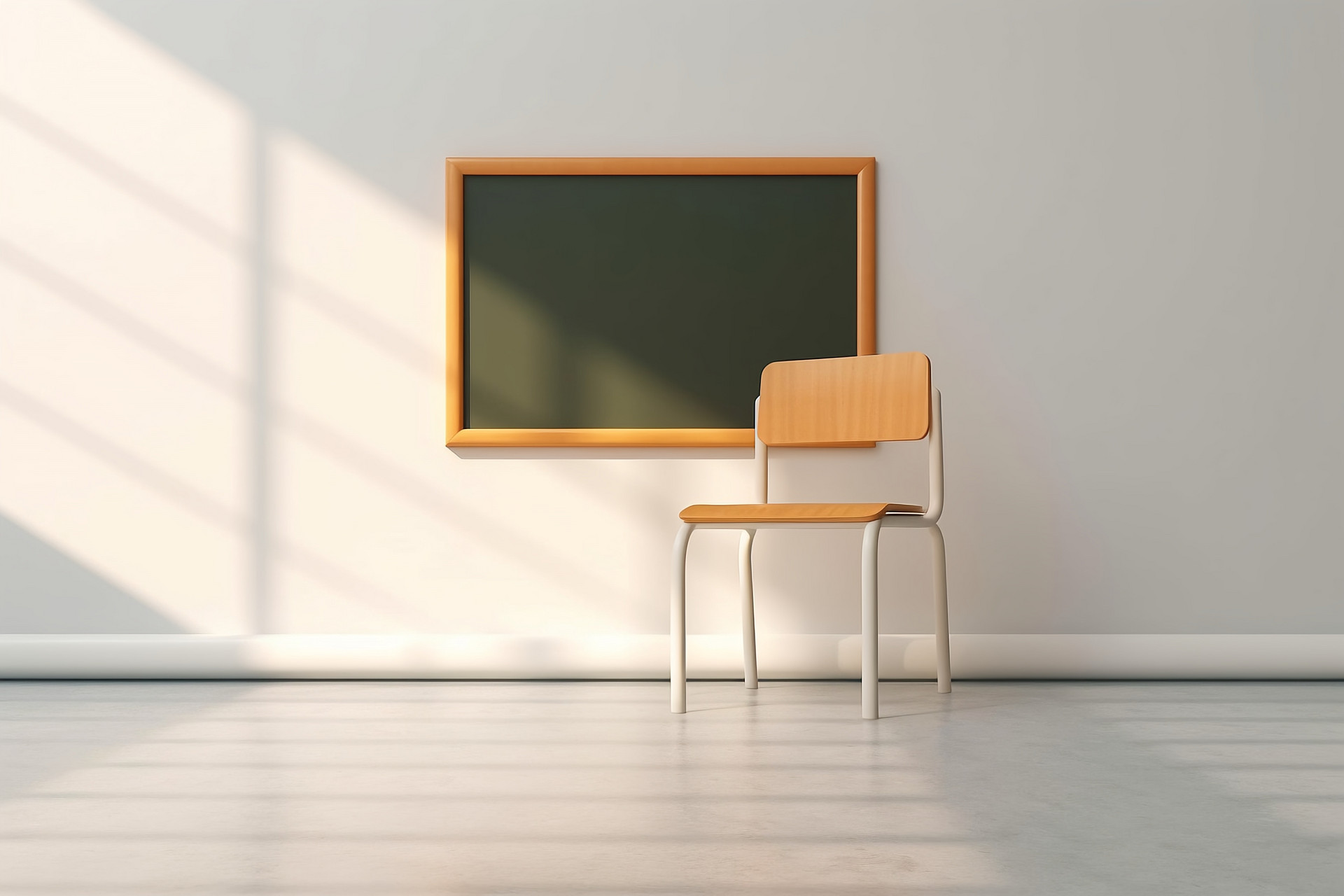As education continues to evolve, the spaces where students learn are transforming as well. The design and function of educational furniture play a major role in shaping modern classrooms. Schools today are no longer limited to traditional layouts; instead, they are adopting innovative and flexible solutions that enhance both teaching and learning. In 2025 and beyond, schools will require classroom desks and chairs that prioritize adaptability, sustainability, and student well-being.
1. Flexible and Modular Learning Spaces
One of the strongest trends in educational furniture is flexibility. Teachers now shift between group activities, digital lessons, and independent study throughout the day. To keep up with these changes, schools need modular classroom desks and chairs that can be easily rearranged. Furniture on wheels, adjustable heights, and lightweight designs help create classrooms that adapt to multiple teaching methods.

2. Technology-Integrated Educational Furniture
Technology integration is essential in the modern learning environment. Laptops, tablets, and digital tools are part of daily instruction, which means educational furniture must evolve. Future-ready classroom desks and chairs will provide built-in cable management, charging ports, and spacious surfaces to support digital learning. By blending technology with ergonomics, schools can ensure students remain engaged and comfortable.
3. Sustainable and Eco-Friendly Designs
Sustainability is more than a trend—it is a necessity. Schools are under growing pressure to reduce their carbon footprint, and choosing eco-friendly educational furniture is an effective step. In 2025, demand for green classroom desks and chairs made from recycled wood, bamboo, and non-toxic finishes will continue to rise. These options not only protect the environment but also provide healthier classrooms for students.
4. Ergonomics for Student Health and Focus
Student well-being is at the center of classroom design. Poor posture and discomfort can lower concentration and productivity. That’s why ergonomic educational furniture is becoming standard. Adjustable classroom desks and chairs help students sit at the correct height, reducing strain on the neck and back. Comfortable seating and supportive surfaces promote better focus, especially during long study sessions.
5. Collaborative Learning Environments
Collaboration is a key component of 21st-century education. Schools are moving away from rigid rows of desks to layouts that encourage teamwork and communication. Educational furniture designed for group work, such as cluster-style classroom desks and chairs, helps students interact more freely. In the future, collaborative spaces will dominate classroom design, preparing students for both higher education and the workplace.
6. Long-Term Value and Durability
Another important trend in educational furniture is durability. With limited budgets, schools cannot afford to replace furniture frequently. Sturdy classroom desks and chairs built with high-quality materials ensure long-term performance and reduce maintenance costs. Investing in durable products provides financial savings while maintaining comfort and functionality for years to come.

The future of classroom design depends on innovation, sustainability, and adaptability. By 2025 and beyond, schools will need educational furniture that balances flexibility, durability, and student health. Eco-friendly materials, ergonomic designs, and technology integration are shaping the next generation of learning environments. Durable and modular classroom desks and chairs are more than just furniture—they are essential tools that support collaboration, comfort, and academic success.

